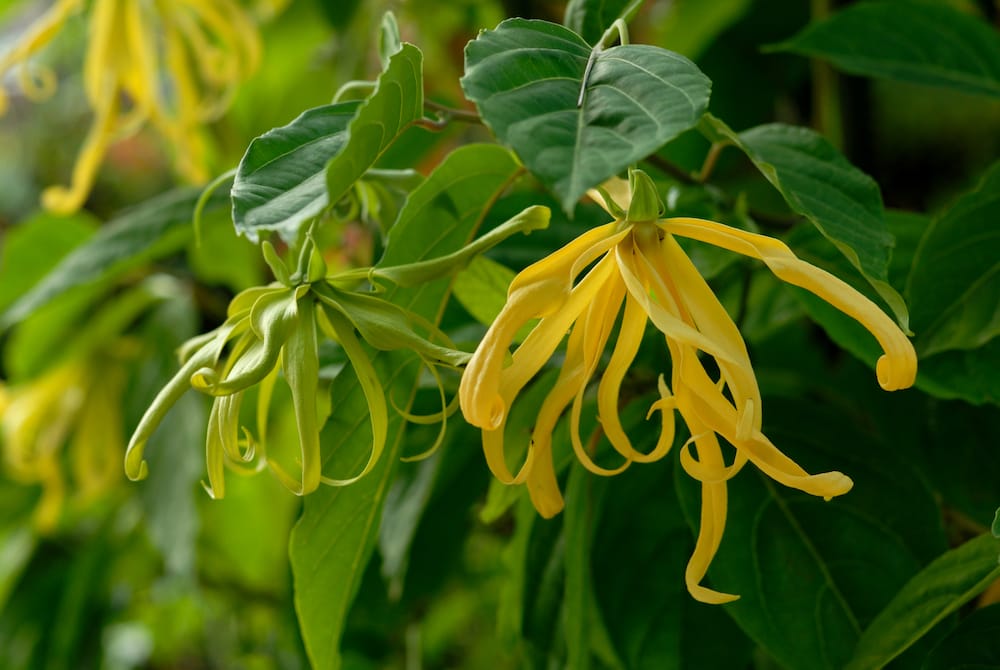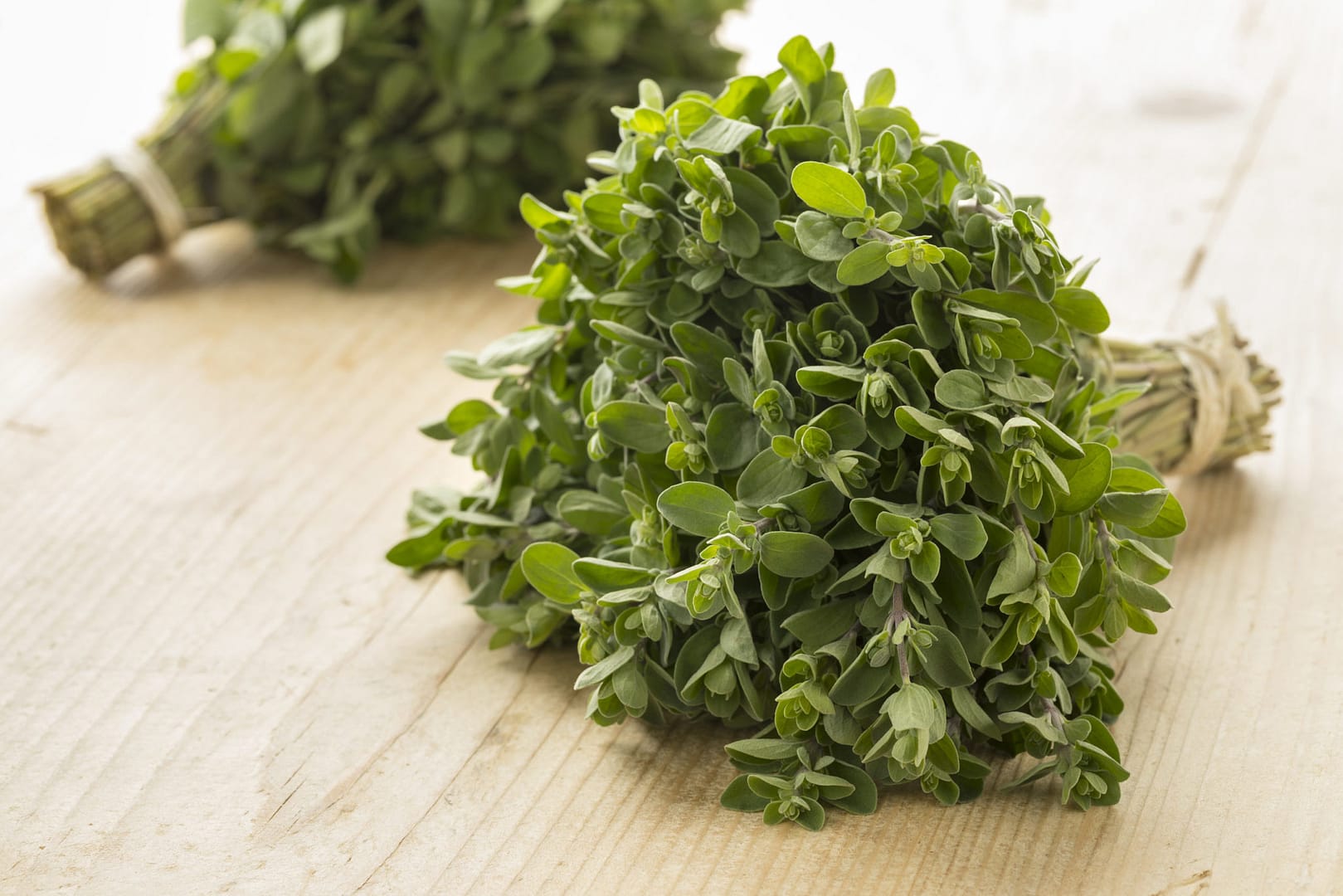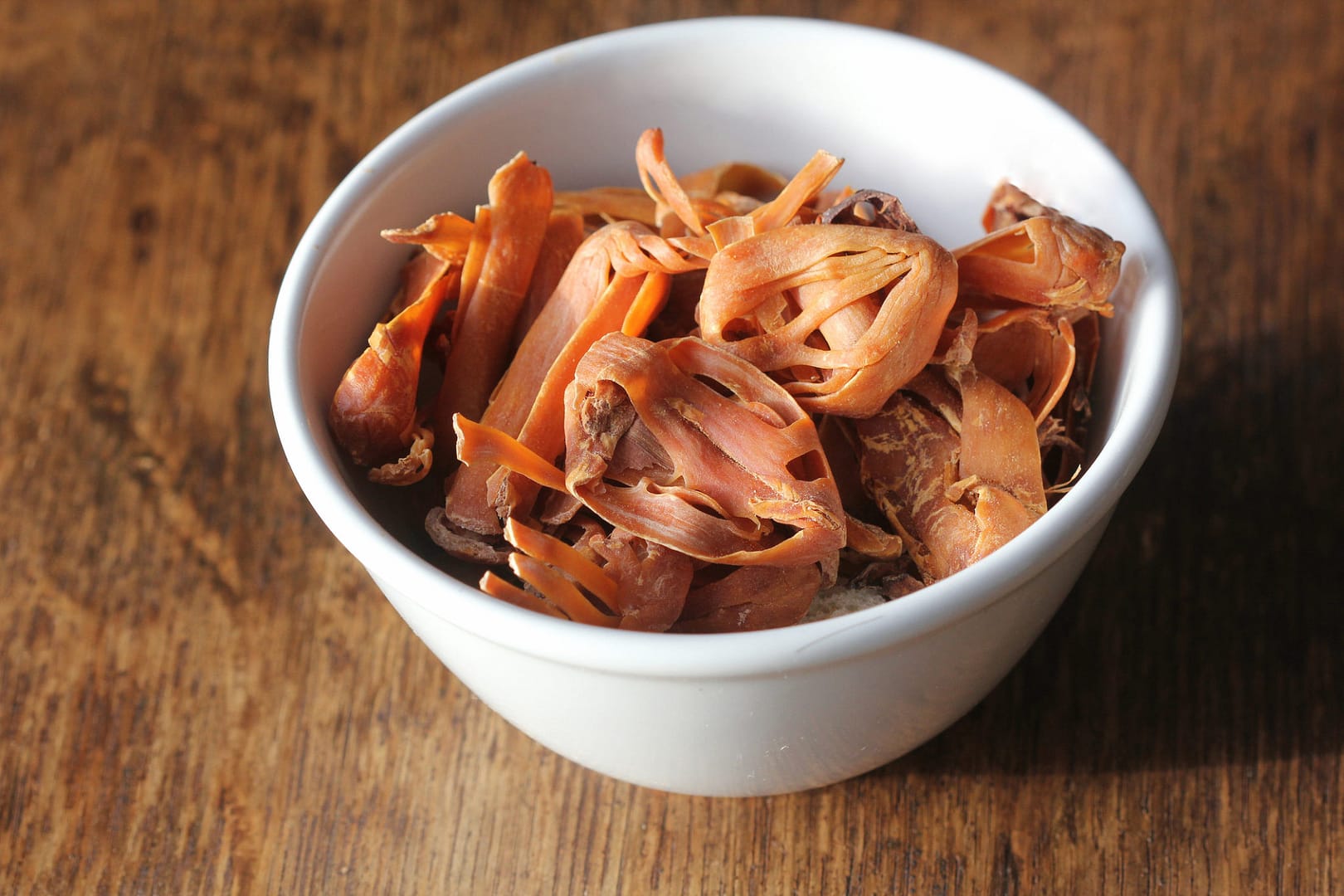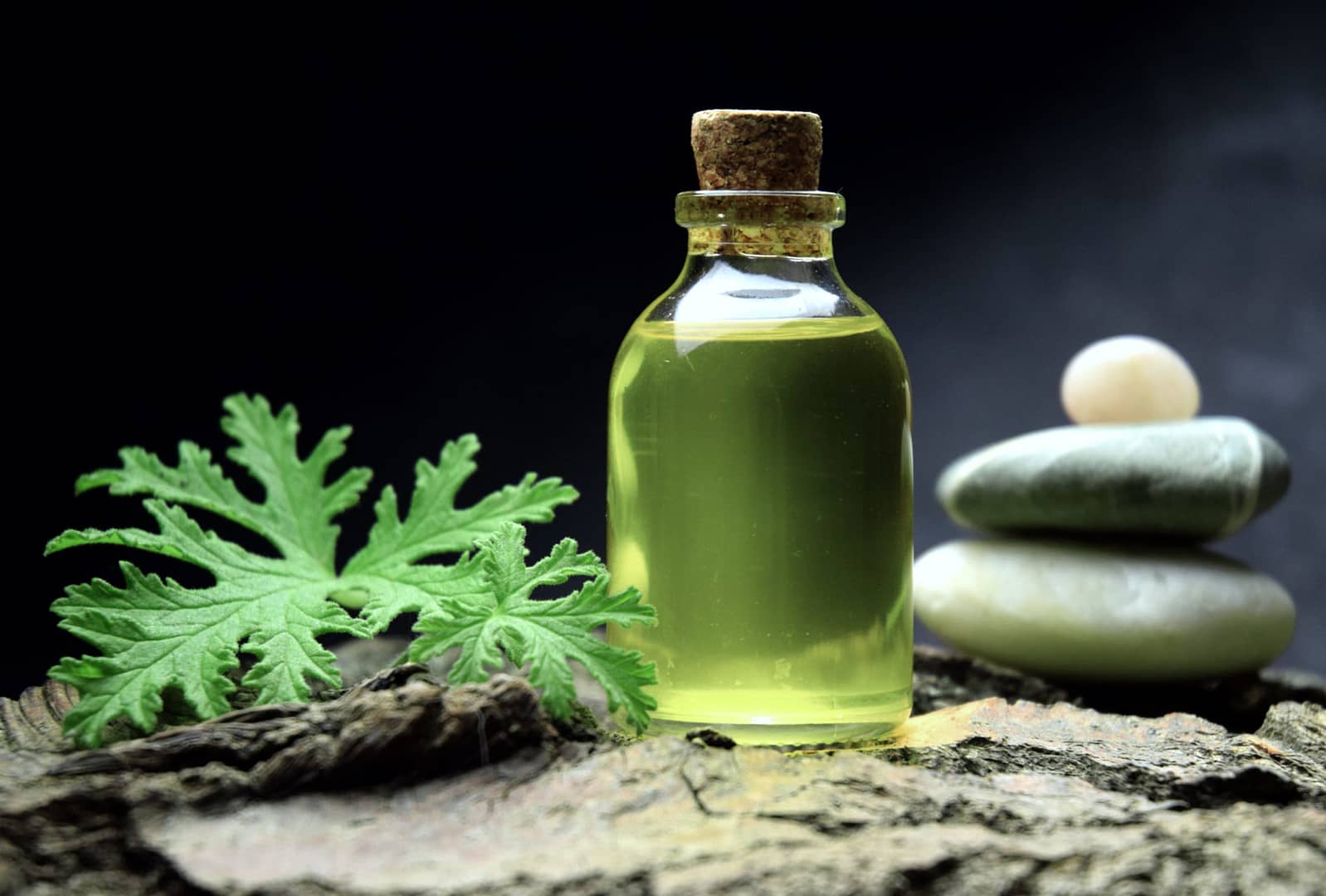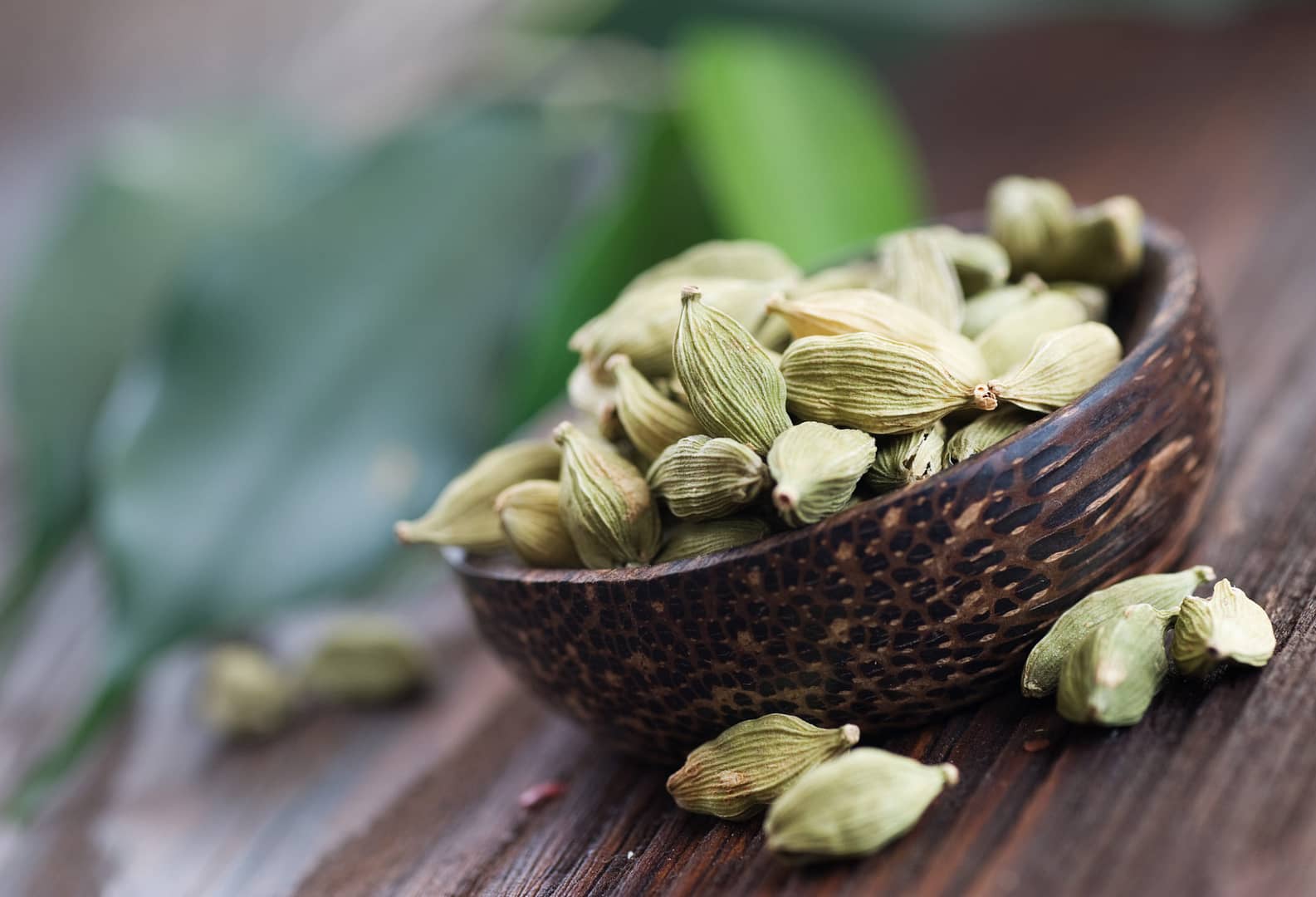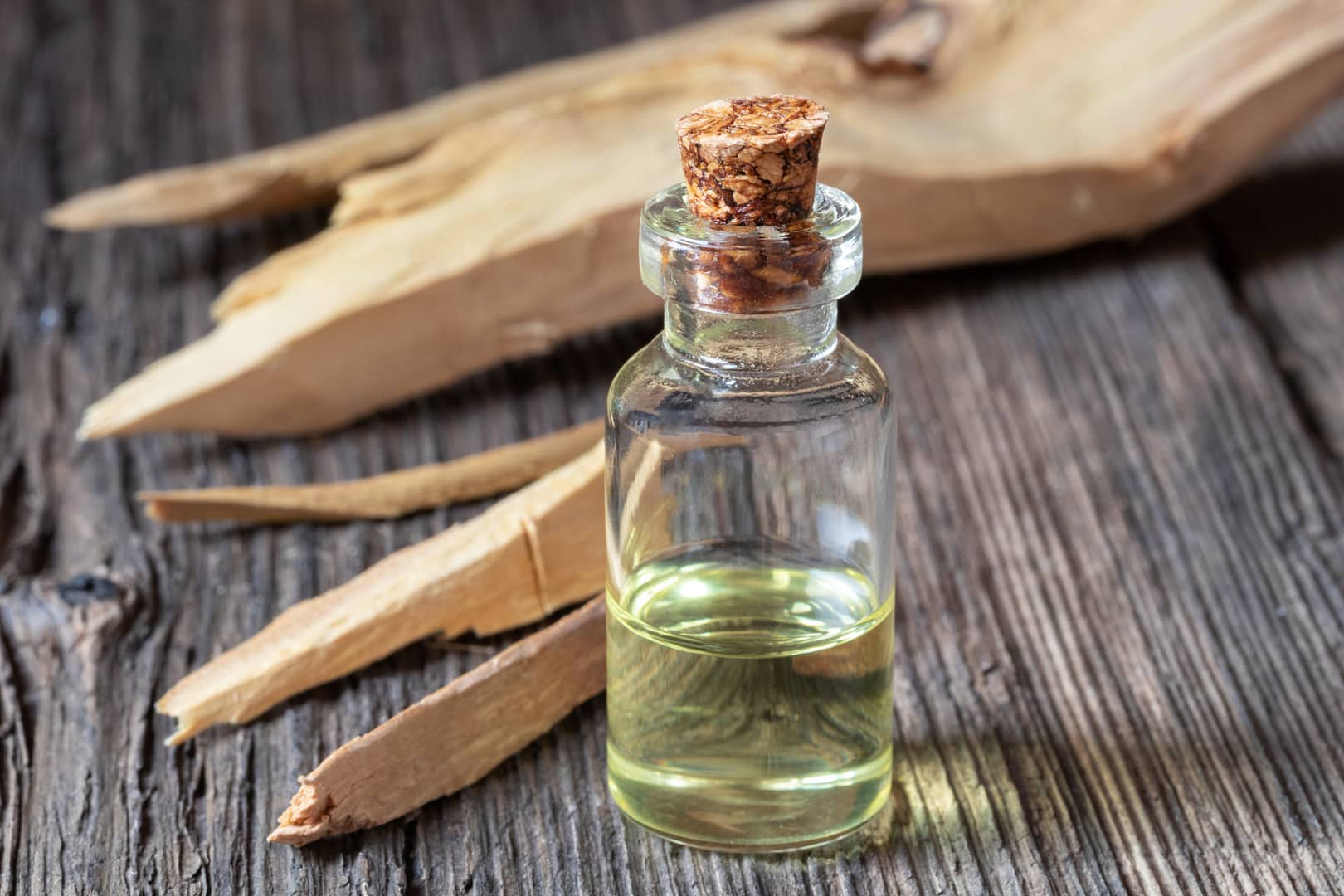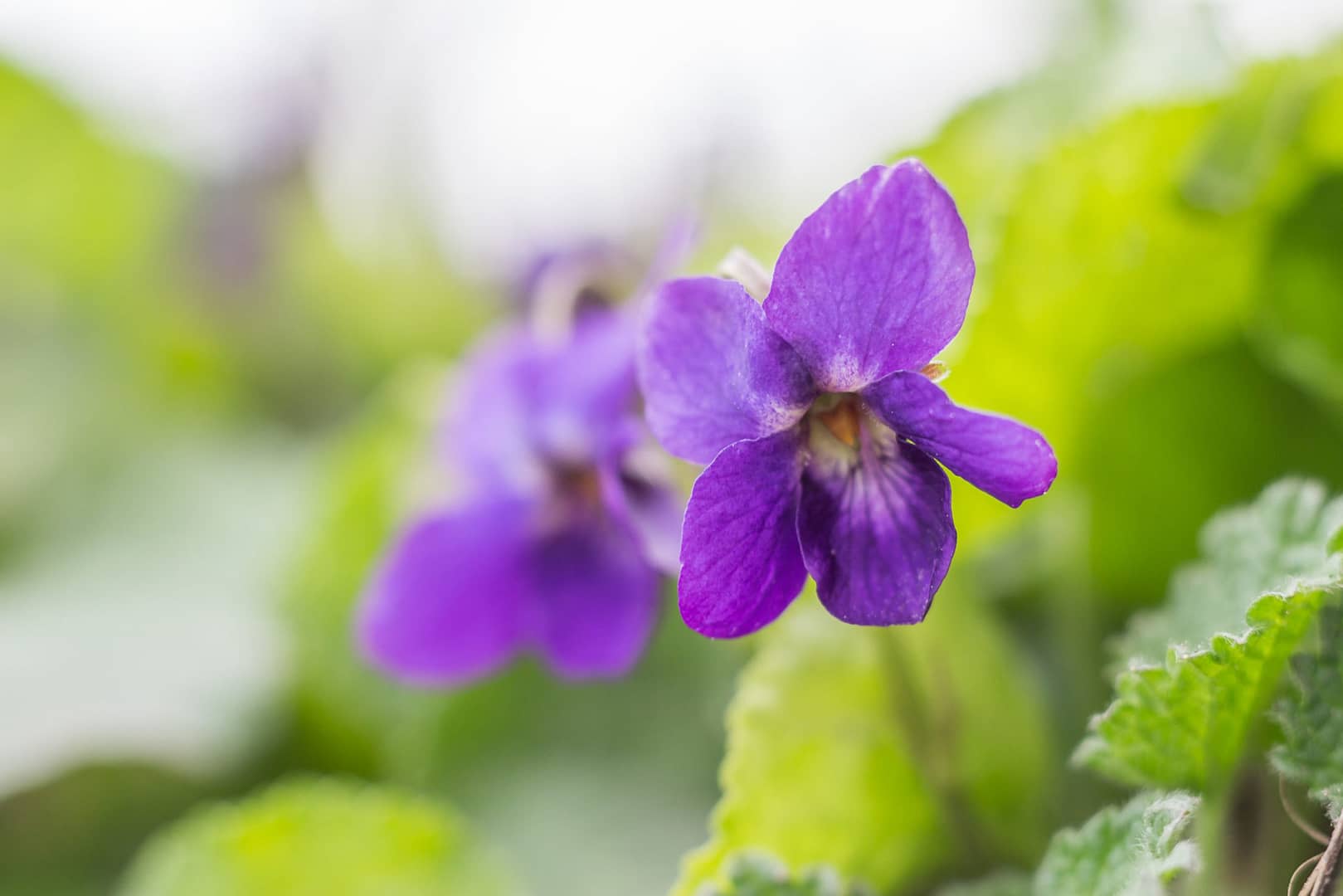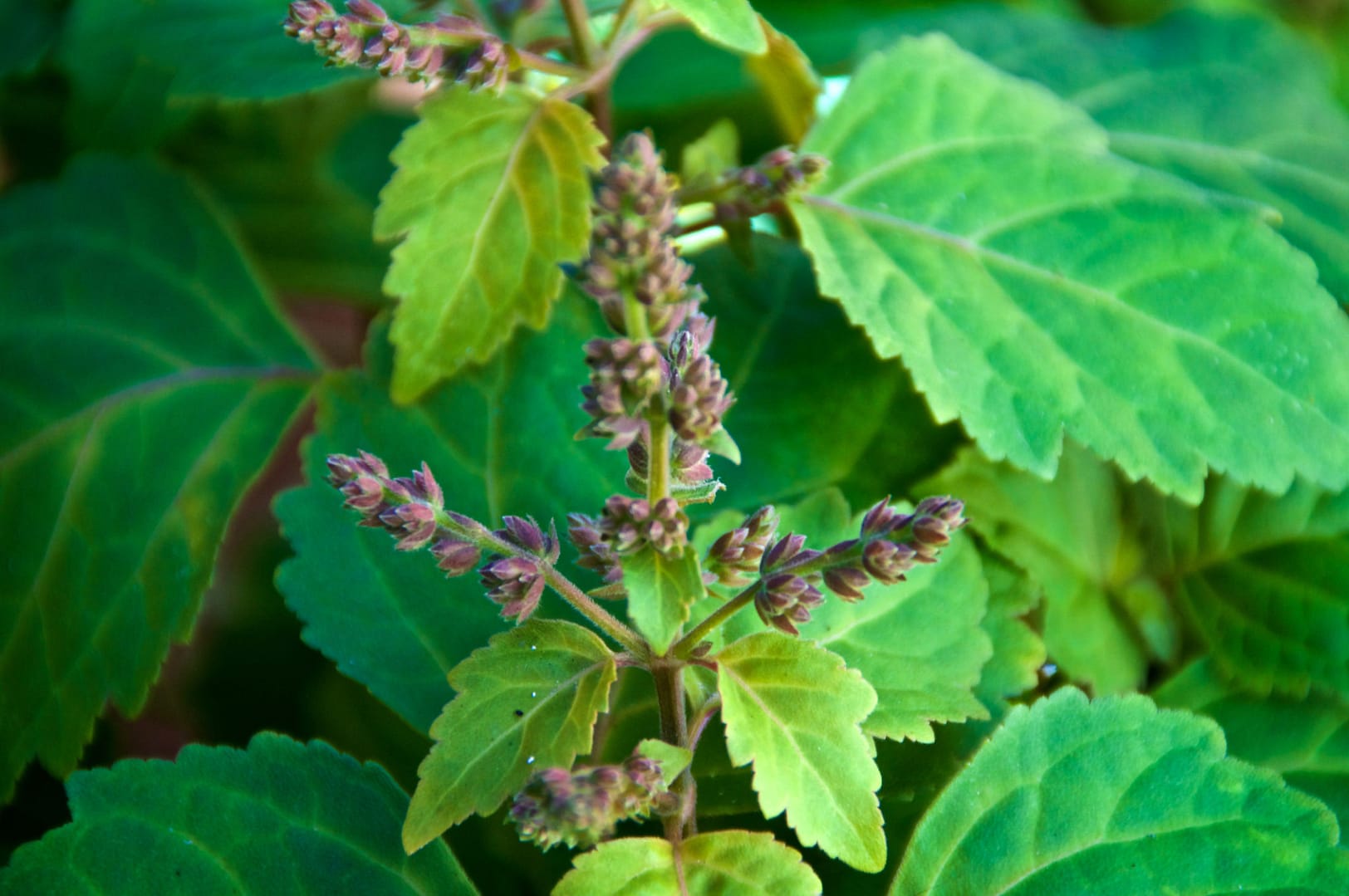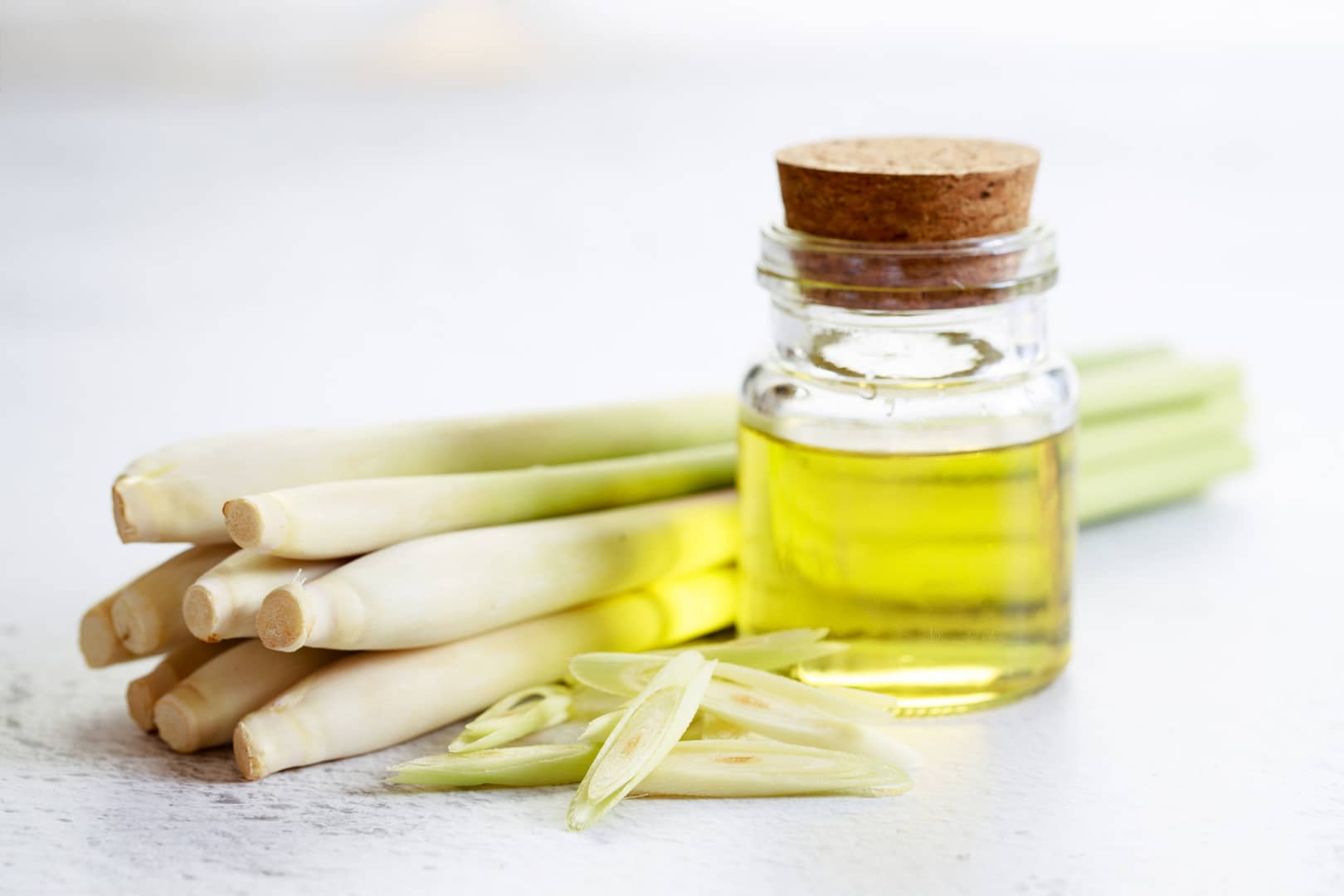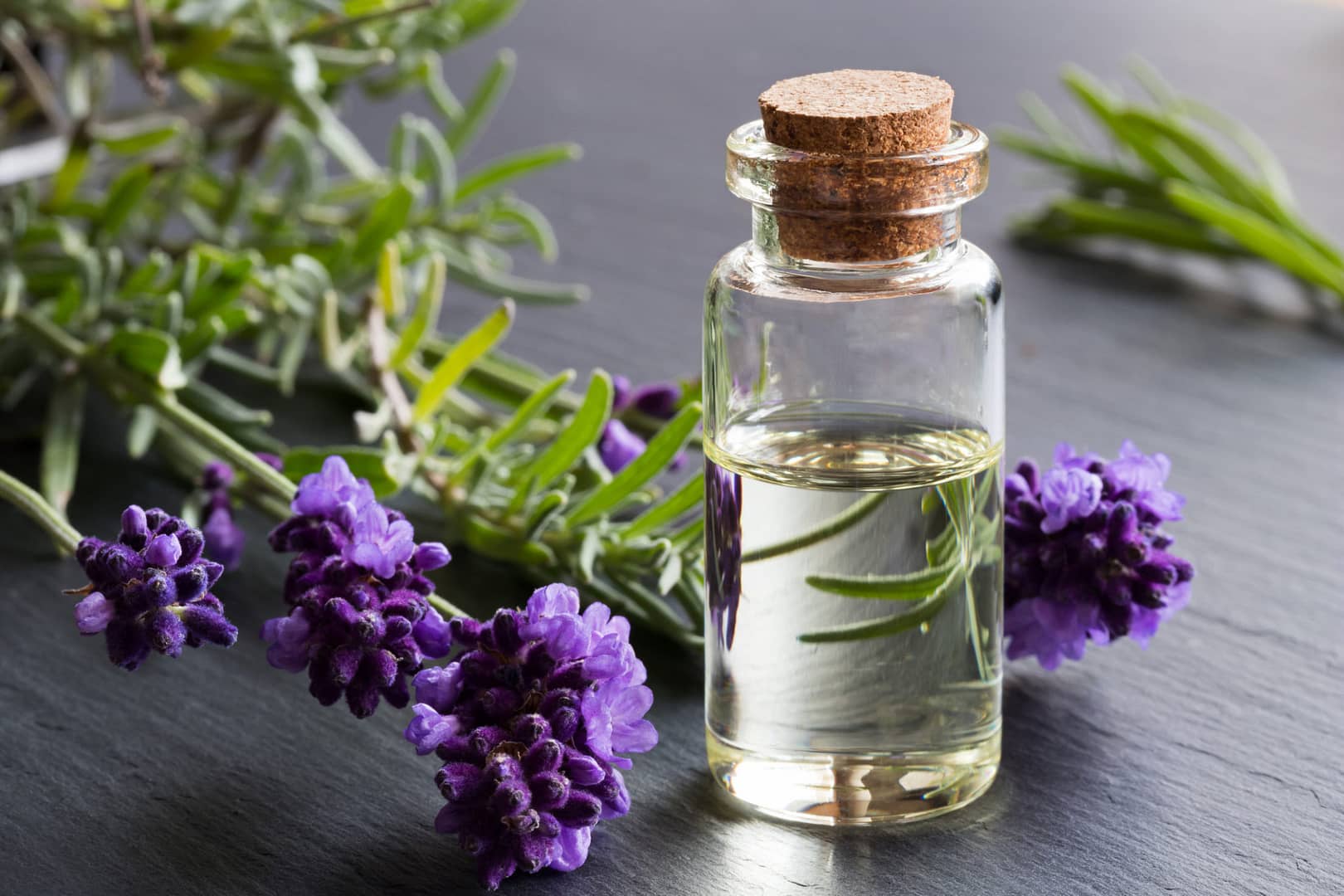The beautiful star-shaped yellow flower on the Cananga tree is where Ylang Ylang originates. Throughout Indonesia and later spreading throughout the Indian Ocean region, Ylang Ylang’s prized versatile scent, healing properties, and culinary uses. Today, Ylang Ylang is the base for one of the world’s most famous perfumes, Chanel No. 5.
The scent industry prizes Ylang Ylang’s subtle sweet notes and flowery aroma. Besides Chanel No. 5, many other high-end perfumes count Ylang Ylang as a vital component. This description undersells the versatility of Ylang Ylang; deconstructing its aroma reveals banana, bitter orange, spice, and honey. Each scent element adds another layer to Ylang Ylang’s delightful fragrance.
Ylang Ylang tea is a staple in the Indonesian region. While there aren’t as many culinary uses as perfume uses, Ylang Ylang satisfies the taste buds. Shortbread cookies also contain Ylang Ylang’s rich, complex flavor.
Ylang Ylang offers plenty of health benefits. As an anti-inflammatory, Ylang Ylang is ideal for reducing the root cause of rheumatoid arthritis and other inflammatory issues, including gout. It’s perfect for combatting pneumonia. Boost heart health with Ylang Ylang; it lowers the heart rate while reducing high blood pressure.
Artiste is the best source for high-quality ingredients from around the world. Interested in knowing more? Need to know, ask Joe!
Marjoram is a well-known Mediterranean ingredient present in food and fragrances from this area. This bushy perennial herb is known throughout the world for its sweet yet earthy aroma. The ancient Greeks used Marjoram as an antidote for poison, yet today Marjoram’s use in the Greek world is profoundly different.
At any Greek restaurant, ordering a gyro means eating a savory meal with meat flavored with Marjoram. It’s not just the Greeks making liberal use of Marjoram. French herbs-de-Provence count Marjoram as one of the six herbs making up the blend. In America, Marjoram is an essential part of a proper Thanksgiving stuffing. Persian dishes like za’atar grilled chicken also use Marjoram to bring out the flavor of the chicken and other components.
The fragrance industry uses Marjoram oil in various ways. Back in the 1500s, Marjoram was sprinkled on floors because the aroma masked unpleasant odors. Today, Marjoram Oil is a component of many different perfumes sold at high-end department stores.
Over the centuries, Marjoram’s impact on health has been renowned but for various reasons. Today, Marjoram helps with digestive distress, including improvement of gall bladder function, clearing out the liver, indigestion, and even helps people with diabetes. Marjoram also relieves pain, reduces inflammation, and makes runny noses less problematic.
Artiste is the best source for high quality ingredients from around the world. Interested in knowing more? Need to know, ask Joe!
Few things signal the arrival of the holiday season like the scent of grated nutmeg in a cup of eggnog. Nutmeg is the seed of the nutmeg tree, but the reddish covering of the seed is Mace. Nutmeg’s scent is bold with spicy notes, while Mace is a bit sweeter and more delicate – just like the grated nutmeg in a glass of eggnog.
In the fragrance industry, Mace Oil’s spicy scent is what’s most well-known. The product featuring Mace is predominately men’s aftershave. Usually, Mace is combined with various citrus and pepper notes to give it a clean, spicy scent.
Mace offers many health benefits. Gum health is one of the most interesting; chewing gum containing Mace which prevents bleeding and improves overall gum health by reducing plaque build-up. Mace is a natural analgesic; it’s effective at reducing pain. People with stomach problems turn to Mace; it reduces bloating, indigestion, and other gastric distress. The kidneys are also made healthier with Mace, which positively affects all areas of your health by extension.
Culinary traditions around the world use Mace. Ras-el-hanout, curry powder, and garam masala are spice mixtures from around the globe containing Mace. One of the most surprising dishes to make use of Mace are souffles. This dessert uses Mace similarly to other custards. However, Mace also adds depth of flavor to soups, fish, and poultry dishes.
Artiste is the best source for high quality ingredients from around the world. Interested in knowing more? Need to know, ask Joe!
Along with lemongrass, Citronella is one of the pervasive fragrant grasses grown in Asia. The citrus grasses are known to provide many health and fragrant benefits. They also repel some of the most persistent pests of the outdoors.
Using Citronella Oil in fragrances is a long-standing practice because the fresh, citrus scent is ideal for perfumes and beauty products. The lemon and wood scent pairs beautifully with other citrus scents, including orange and lemon; sandalwood is another perfect pairing. Citronella Oil is used in many upscale soaps and lotions because it leaves the skin feeling refreshed.
There are many applications enhancing health using Citronella. For wound care, Citronella has proven beneficial to starve off infections thanks to its anti-microbial properties. Additionally, Citronella is useful for preventing fungal outbreaks as well. Besides its delightful smell, Citronella disrupts how fungal cells replicate and spread. Further, Citronella shows promise for people looking to lose weight and lower cholesterol.
The most prominent use of Citronella Oil is to combat pests. The scent of Citronella repels mosquitos and other flying insects. Burning Citronella candles is a great way to enjoy the outdoors while avoiding the repeated assaults of these microscopic nuisances. Citronella Oil can be applied topically as well, making it a natural alternative to synthetic insect repellents.
Artiste is the best source for high quality ingredients from around the world. Interested in knowing more? Need to know, ask Joe!
Viking raiders and revered doctors of ancient Egypt are the most famous devotees of cardamom. India’s Cardamom Hills are the most renowned production site, but cardamom is grown everywhere now. Cardamom is such a prized cash crop that its value exceeds coffee in Guatemala.
Cardamom’s deeply warm aroma is fruity and similar to Balsamic. The fragrance profile is why cardamom is a base for men’s and women’s perfumes.
Cardamom and cardamom oil are a staple of Indian cuisine. Nearly every variation of Indian curry uses cardamom as a base spice. Chicken tikka masala and red lentil soup famously showcase this flavor. However, cardamom’s Viking heritage is well-represented in the culinary world. Scandinavian mulled wine uses cardamom to bring out the fruity notes in this Christmas favorite. Many Scandinavian desserts, including Norwegian bows, count cardamom as an indispensable ingredient.
For centuries, cardamom’s medicinal use aided digestive health. Treating indigestion and halitosis required cardamom, according to ancient doctors. There’s conclusive proof cardamom improves digestive health, yet it does much more. Cardamom warms the body, relieving congestion, sinusitis, and phlegmy coughs. It lowers blood pressure, improves metabolism, and removes calcium deposits from the kidneys.
Artiste is the best source for high-quality ingredients from around the world. Interested in knowing more? Need to know, ask Joe!
Sandalwood essential oil comes from the wood and roots of the East Indian Sandalwood tree. This is one of the most valuable trees in the world and sandalwood oil is used across the globe in multiple products, each with important benefits.
Used originally in folk medicine in India and Chinese medicines, Sandalwood oil is now used in multiple therapies that treat the common cold, urinary tract infections, live and gallbladder problems, muscle, and digestive problems, anxiety, and as an anti-inflammatory and wound-healing.
The earthy, dense, scent makes a popular choice for fragrances, incense, aromatherapy, soaps, aromatic oils, and scent diffusers, as well as in cosmetics and men’s shave products.
In the culinary world, Sandalwood oil adds a clean and woody essence and earthy flavor to beverages, puddings, and many ethnic-based baked goods.
Artiste is the best source for high-quality ingredients from around the world. Interested in knowing more? Need to know, ask Joe!
Violet leaves are a native of the old world. While small in size, is widely cultivated and packs a powerful punch with its contribution to health and wellness. Viola Papillionacea and Viola Sororia, both called the common blue violet have a sister called Viola, which is tricolor and is known by the name Pansy.
The legendary origin of the violet, with its sweet and unique scent, a symbol of love for centuries, has been used to create love potions and fine fragrances.
The early Shaker herbal medicine catalogs of the mid- 1800s widely spoke to the values of this species. Acclaimed as a remedy for coughs, colds, and sore throats, used as an expectorant and anti-inflammatory. There has been much published about the use of violet for the treatment of cancer by Native Americans and now the American Institute of Cancer.
Seasonally-minded restaurants use the violet blossoms to garnish fresh salads and French Sorrel soups, as well as sugar-coating them, called “sweetmeats”, and what a treat.
Used in teas, and fresh dried herbs for soups, egg custards, and confections, for a sweet, soothing addition, this little powerhouse plant is right in our backyards.
Artiste is the best source for high-quality ingredients from around the world. Interested in knowing more? Need to know, ask Joe!
Patchouli oil is an essential oil that is a part of the Lamiaceae family, which also includes popular and diverse herbs like Mint, Sage, and Lavender. This herb thrives in warm and tropical climates, originating and still grown in Asia, it is also cultivated in Western Africa, India, China, and even parts of the USA, such as Florida, California, and Arizona.
Known for its woody, sweet and spicy scent, the oil is harvested from the dried leaves and stems of the plant. Patchouli has numerous applications in fine fragrances, candles, skin creams, insecticides, and aromatherapy diffusers.
Patchouli also offers a wide variety of healing properties in the form of antibacterial, antifungal, anti-inflammatory. It has also been found to treat skin conditions such as acne, dermatitis, and dried cracked skin, to ease the symptoms of colds, headaches, dry scalp conditions, and stomach problems.
Most recently, Patchouli has taken an active role in providing feelings of relaxation and easing stress and anxiety, as well as controlling appetite.
For the culinary world, Patchouli is used as an additive in low concentrations to flavor foods like candies, baked goods, and beverages.
Artiste is the best source for high-quality ingredients from around the world. Interested in knowing more? Need to know, ask Joe!
Lemongrass is native to many tropical regions, spanning the globe from Africa to Asia, Australia, and Oceania. And while it is plentiful in many regions, it has taken on a very valuable role in parts of India, China, and Thailand for its healthy contribution to better digestion, circulation, and treating infections, and most importantly to reducing fever, which earned Lemongrass its name “fever grass”.
It has been found to relieve muscle and joint pains, boost energy and pain, an important role in healing inflammation, and inhibiting the growth of harmful bacteria.
In the culinary world, Lemongrass has found a welcome for its versatility and fresh boost of intense flavor. It is used in a wide variety of beverages, from soft drinks to spirits as well as desserts, confections, and gummies.
The uses of Lemongrass oils are abundant, ranging from medicinal and odorous to cosmetic. Whether used in oils, gels, creams, lotions, soaps, shampoos, sprays, or candles, aromatherapy, lemongrass continues to add a distinguishing mark to every product it becomes part of.
Artiste is the best source for high-quality ingredients from around the world. Interested in knowing more? Need to know, ask Joe!
The history of lavender stretches back over 2,500 years to ancient Egypt, when lavender oil was used as a perfume. The ancient Greeks and Romans bathed in water infused with the fragrant lavender buds, but later in the Middle Ages lavender started to be used in both culinary preparations and medicine.
Lavender is a unique herb in that every part of the plant, bud, stem, and leaf can be used in cooking. With pungent floral flavor and aroma, with subtle notes of herbaceousness, earthiness, and mint. Different varieties take on undertones of fruit, smoke, and woodiness, making it a complex culinary herb.
Over time, the herb grew in popularity across the Mediterranean, integrating into the cuisine of Spain, France, Italy, and England by the 17th century. English lavender has become the most popular choice for culinary purposes, given its mild, peppery floral flavor. The flower buds, leaves, and stems of lavender can be used fresh or dried in dishes ranging from sweet desserts to soothing teas, and heartier meat dishes.
The scent of lavender is easily recognizable, used in aromatherapeutic products from candles to room scents, to soaps, to skincare and hair care products, to being a key floral scent in many fine fragrances.
With a long list of holistic and medicinal values, Lavender continues to contribute to help those suffering from insomnia, headaches, anxiety, and inflammatory issues. Additionally, Lavender has been used to prevent hair loss, intestinal gas, and abdominal swelling.
Artiste is the best source for high-quality ingredients from around the world. Interested in knowing more? Need to know, ask Joe!
Phone: (201) 447-1311 | Email: jraimondo@artiste.us.com

